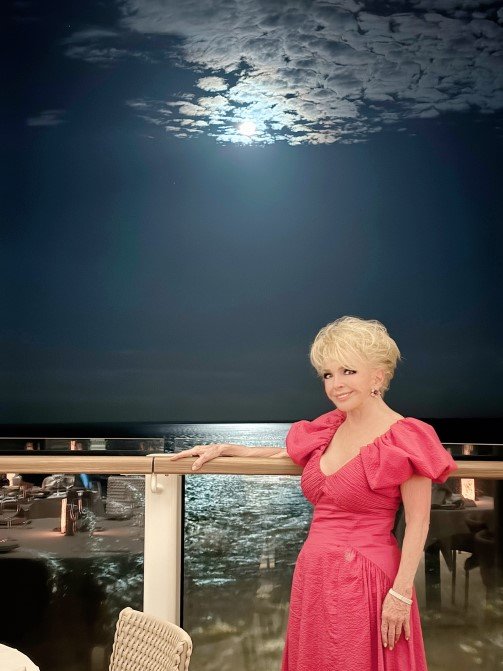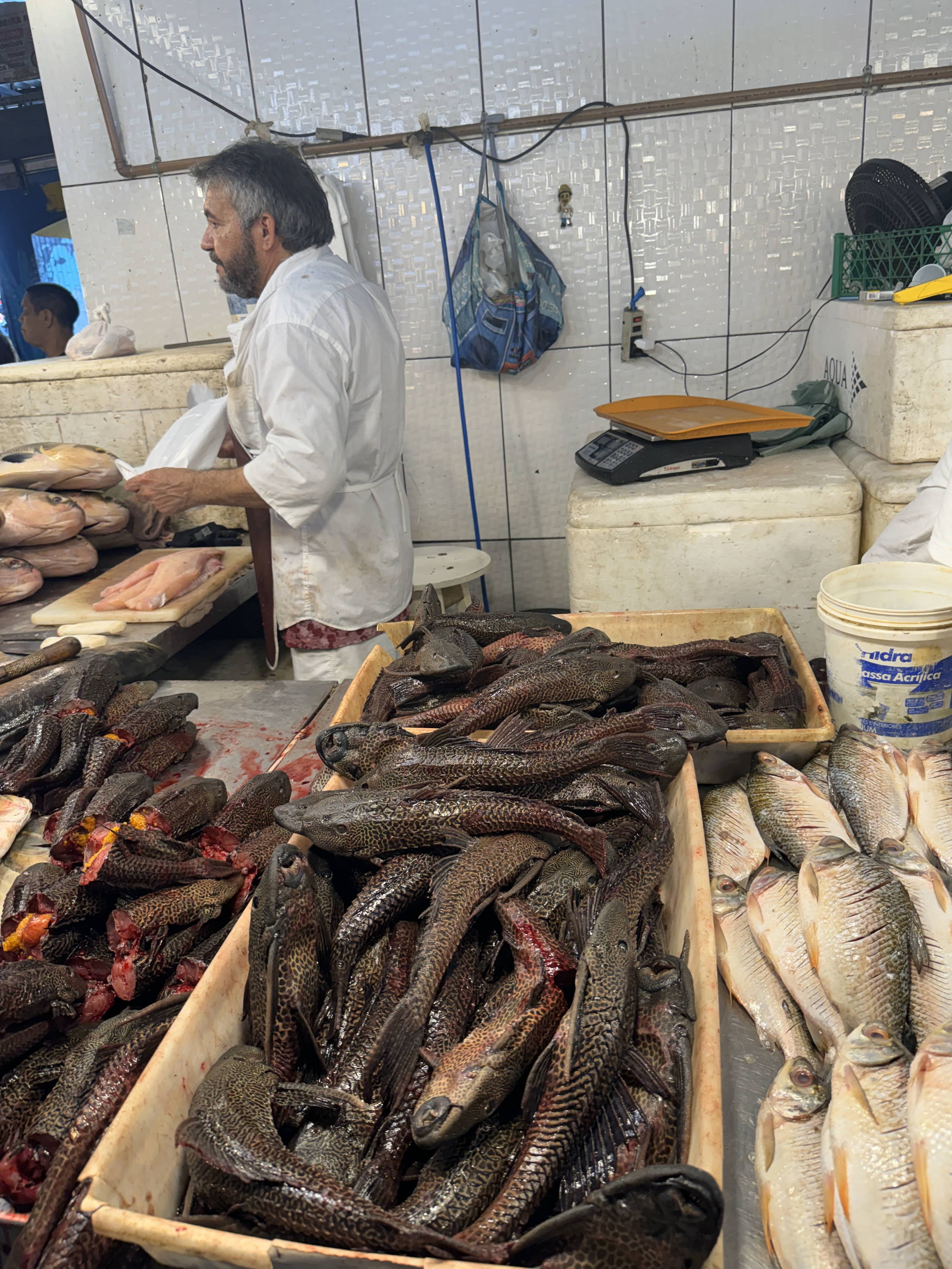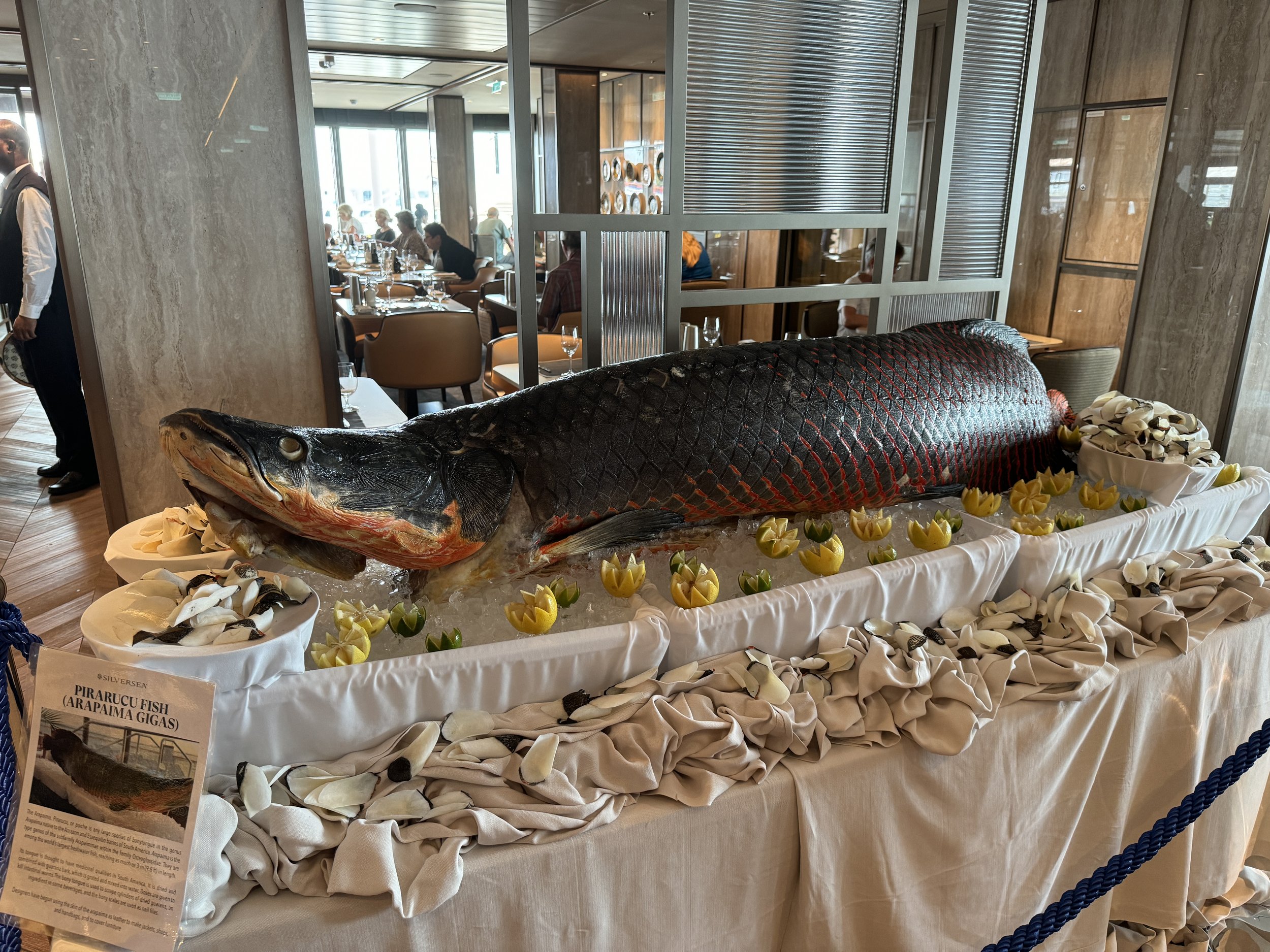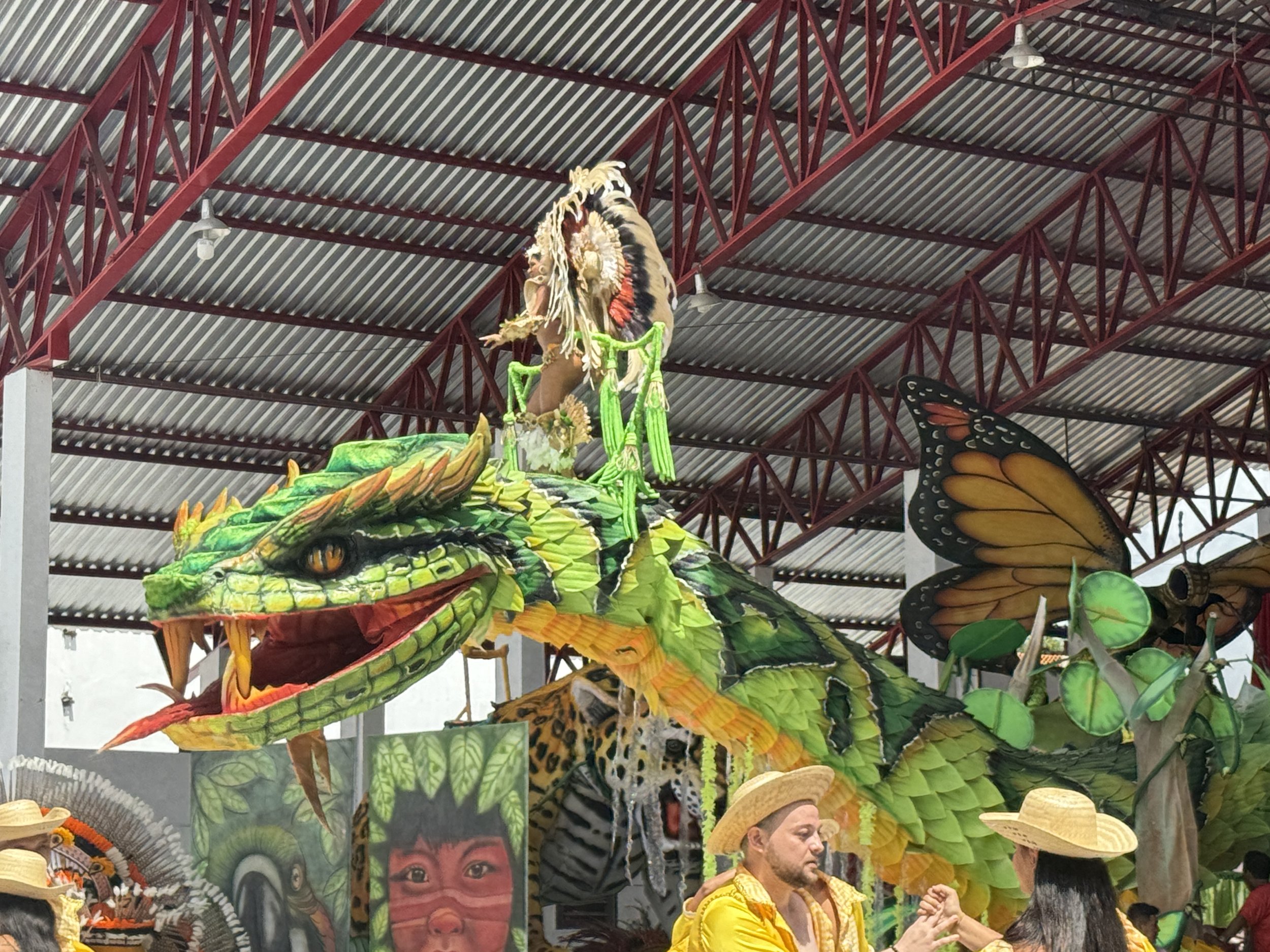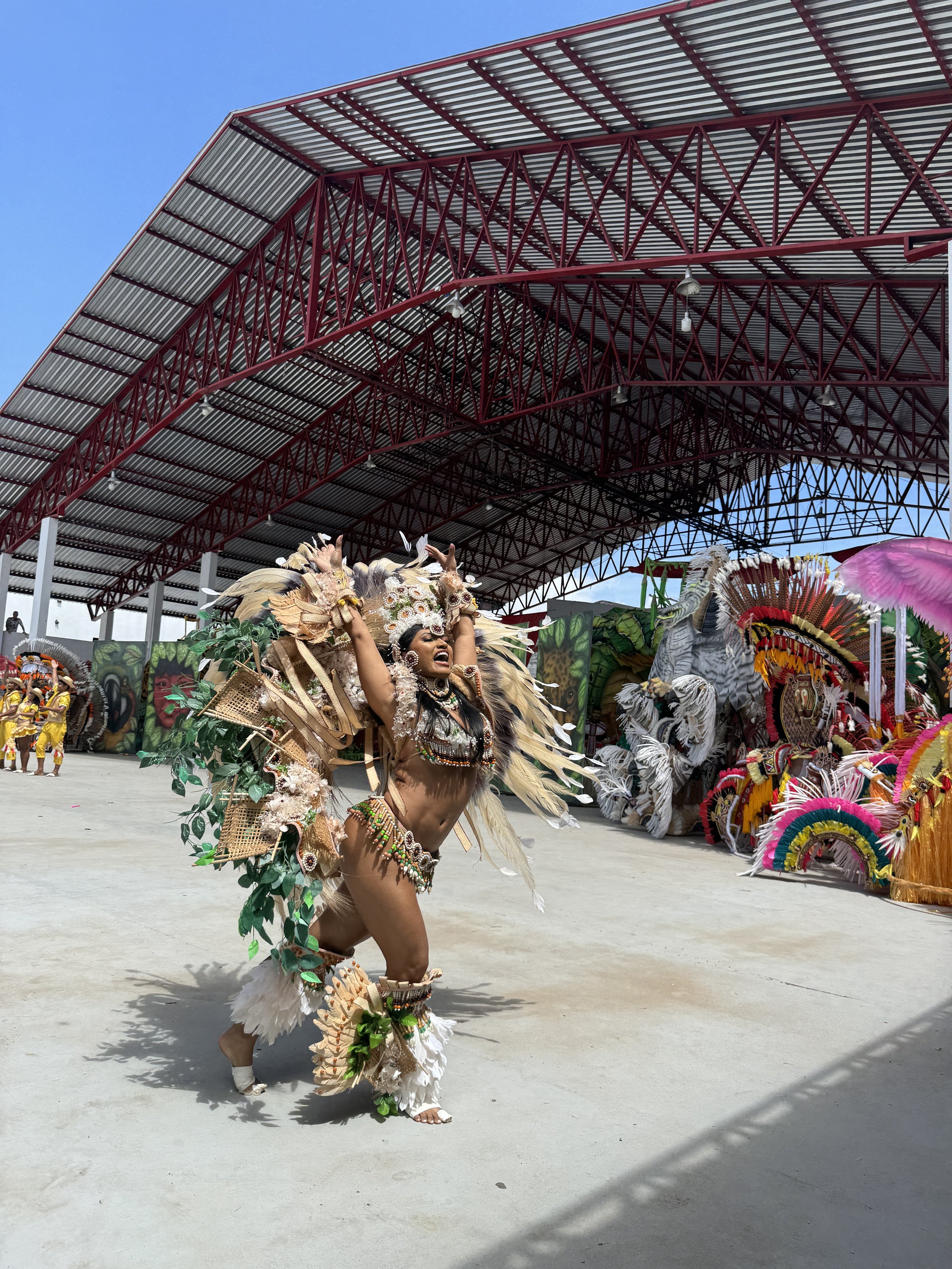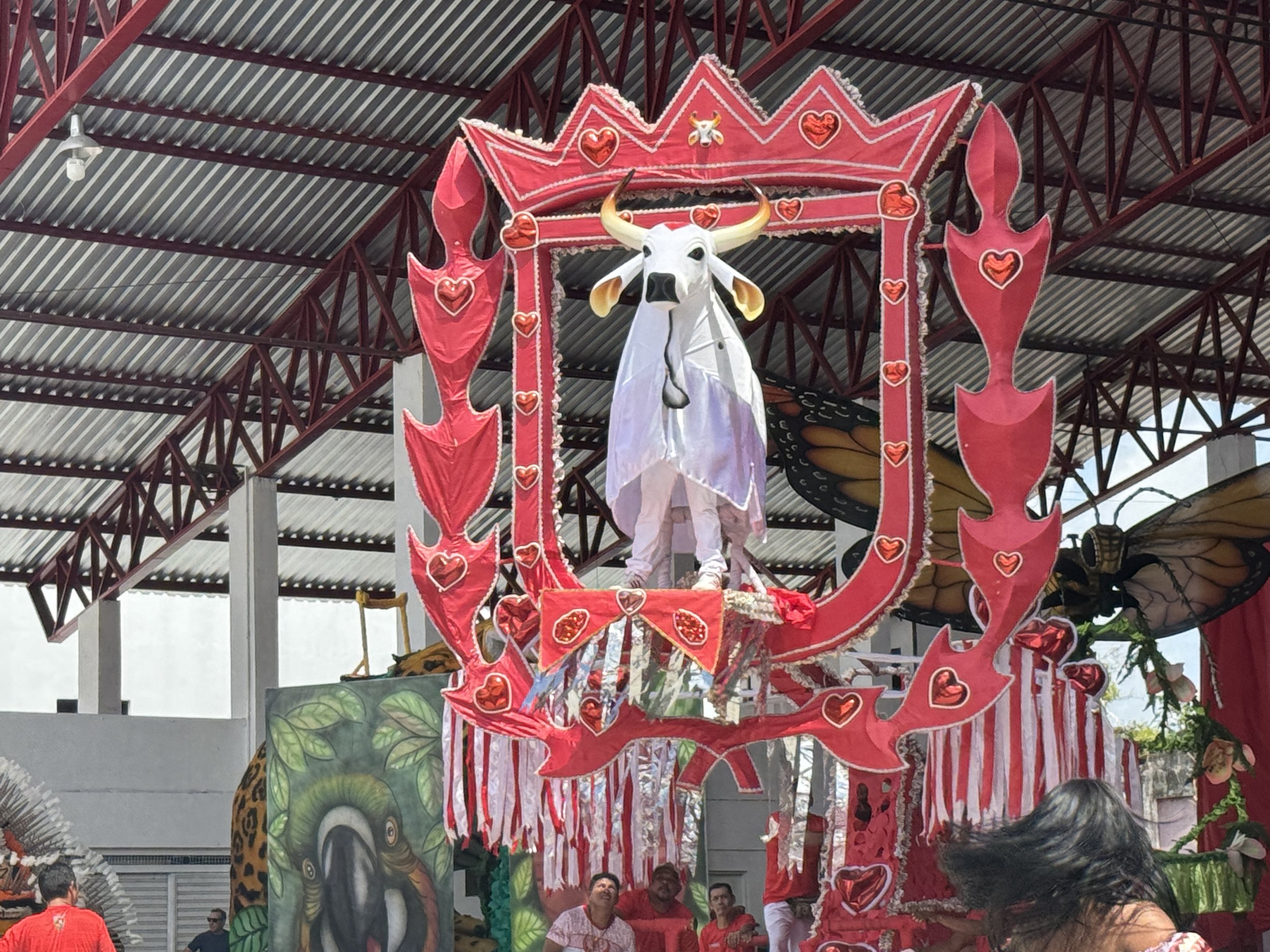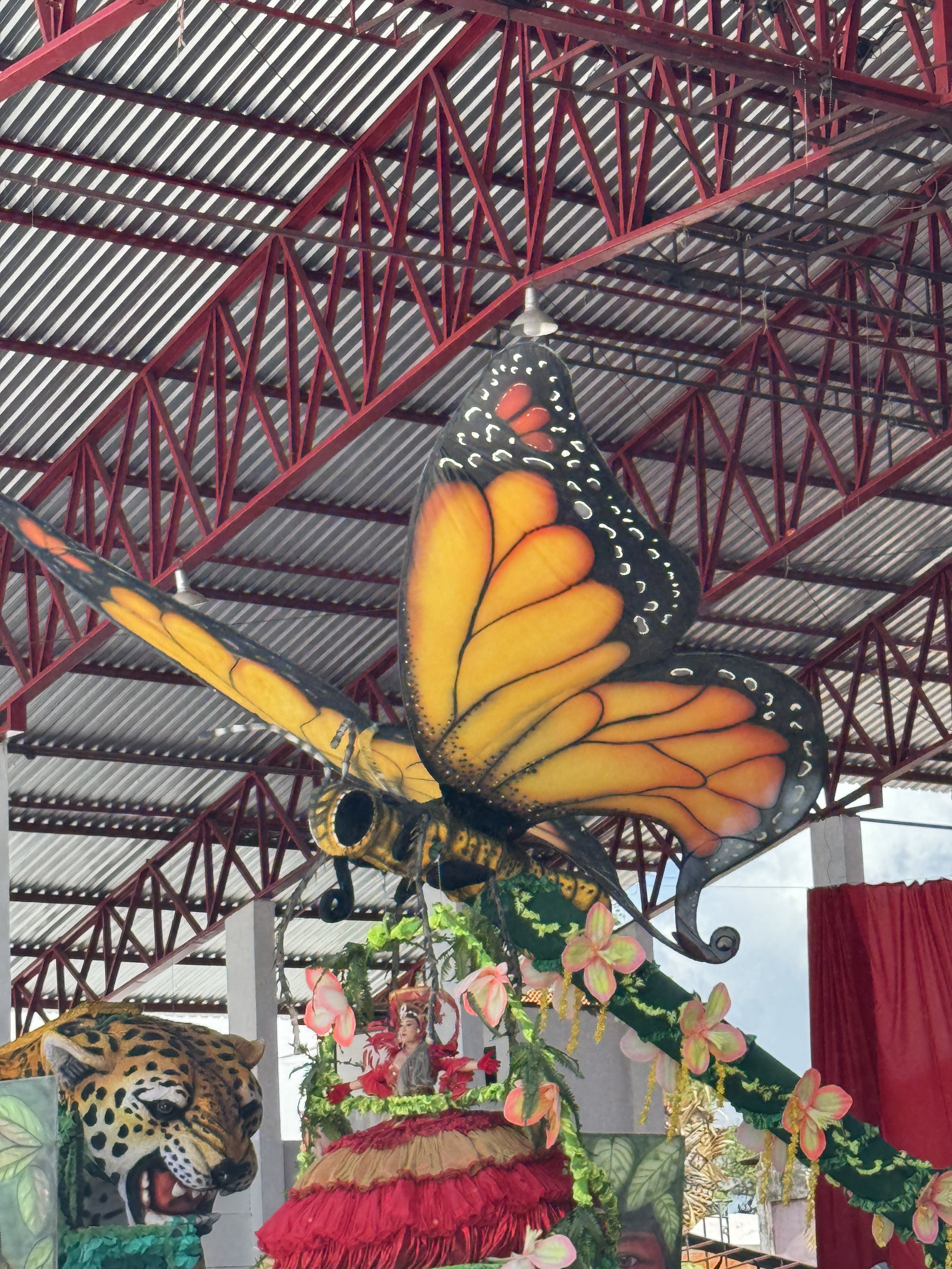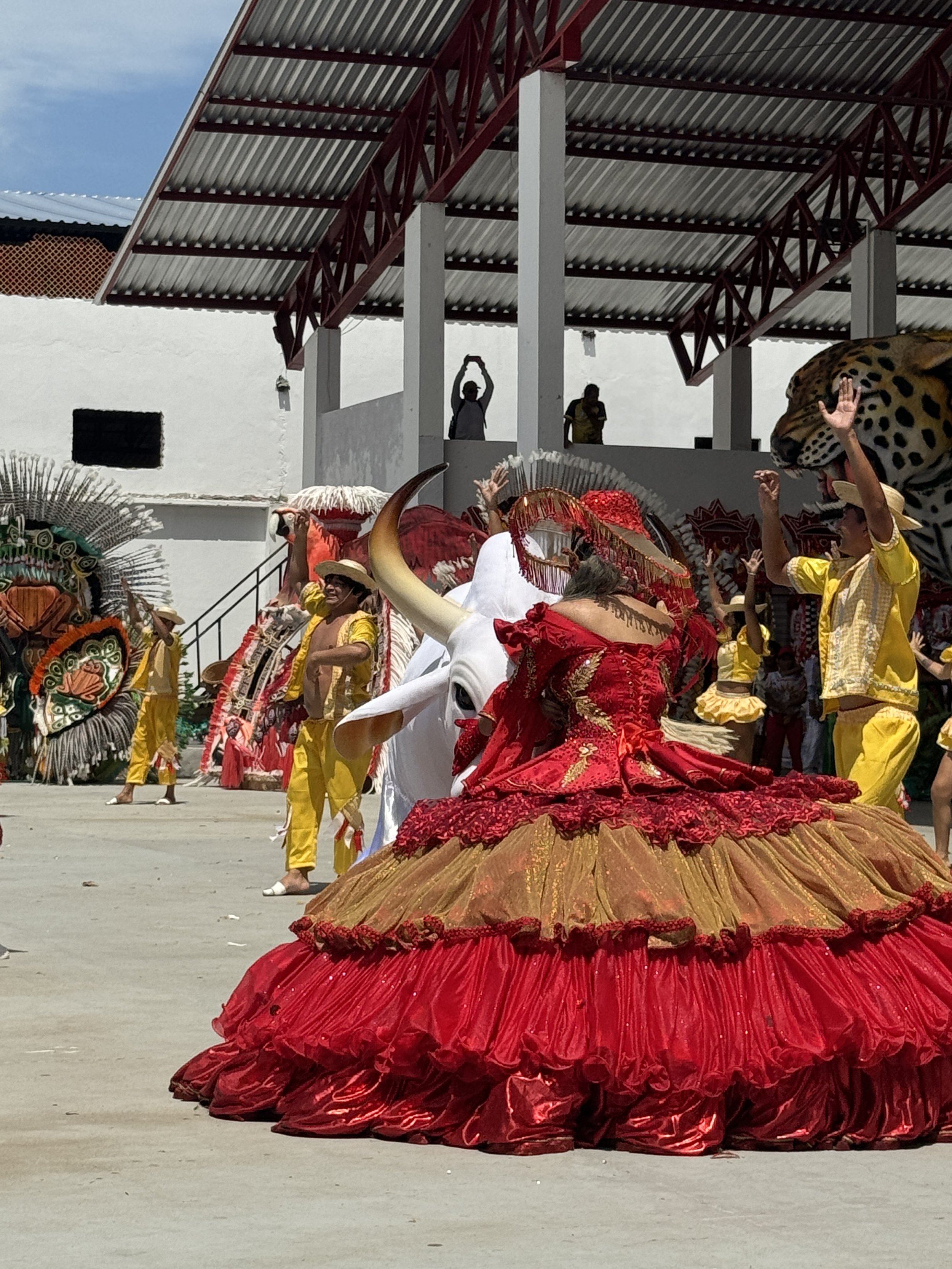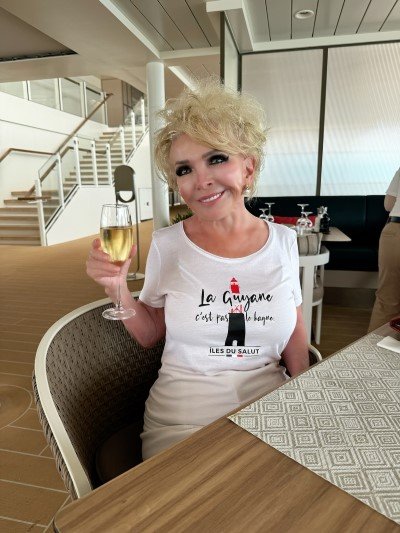A THOUSAND MILES UPSTREAM ON THE AMAZON RIVER
“You must write about it – otherwise you didn’t do it – otherwise it didn’t happen -otherwise it’ll all be forgotten tomorrow”
Famous British Travel Writer, Robin Hanbury-Tenison
It was hard to tell When
I entered the Amazon River as it is 185 miles wide where it meets the Atlantic. But then gradually the water changed, turning the color of milky dark tea or coffee with a small amount of milk added to it.
Here was the mighty Amazon being fed by one thousand one hundred tributaries. At my first port of call in the Amazon Basin, Santarem, I saw “The Meeting of the Waters” where the blue green water of one of those tributaries, Rio Tapajos, flows side by side with the chocolate Amazon until they merge into one roar to become the world’s greatest river and one of the most important to the planet.
I was in the “lungs of the world” producing 20% of our world’s oxygen, surrounded by 10% of the earth’s species with new ones being discovered every 3 days, plus 50,000 species of plants,2.5 million species of insects, 3,000 species of fish and 1,3oo species of birds.
The Brazilian Rainforest has the subtle scent of smoke. I couldn’t tell if it came from forest being burned to clear land or came from locals cooking over wood. I hoped it was the latter.
Who knows what secrets
this great, green, remote, inaccessible jungle holds for mankind. Scientists are constantly gathering every kind of flora and fauna hoping to find cures for all our maladies. Certainly, every market I found along the river sold medicinal cures – potions, herbs, roots which has been passed down through the indigenous peoples for generations.
This was especially true at the vast shopping emporium, the Mercado Municipal in Manaus, the most isolated urban city in the world.
This building was designed by Eiffel in France and brought over in pieces during the hedonist days of the Brazilian Rubber Boom. In Manaus the Rubber Barons created “The Paris of the Tropics.” In this crazy moment of time, 1879 to 1912, the wealthy erected extravagant palaces with the jewel being the lavish Manaus Opera House which today would have cost two billion dollars to build. Then every piece of wood, marble, crystal was all brought from the very best artisans in Europe. It took 14 years to build, and it has now been lovingly restored to its former glory. Other grand structures have not fared as well.
Everywhere there is a feel, a look of decay. The hot humid air is not kind to the lofty monuments’ men build to themselves. Some facades remain with the jungle growing within and I sensed soon it would claim dominance overall.
One of the great pleasures of writing about travel
is not always landscape, or history, or architecture – it is people. I found this particularly true on The Amazon.
Boca Da Valeria is a village of 75 to 100 but when a boat anchors off shore and tenders arrive so do dozens of children from two other small settlements up a narrow tributary. They bring their pets - a turtle, sloth, bird, monkey to show me and the women present their crafts of beading or crochet. The men offer their dug-out canoes for a journey up a narrow tributary. I chose my canoe and on this journey, I discovered the romance and serene beauty of this watery paradise – drifting past water lilies – being taken to a tree which houses a dozen nests and watching those native birds coming to attend their young – a heron striking a pose and butterflies fluttering around me.
The friendliness, the smiles I receive seem genuine.
I must stress this in not an indigenous village – those peoples have gone deeper into the Rainforest to maintain their way of life. This is a typical village along the river and the people are Caboclo, indigenous and Portuguese.
Some might wonder about the impact of such visits on these remote villages. However, I believe visiting, buying directly from the villagers, the kids gathering to learn the dances, make the traditional handicrafts, preserve their traditions.
Never was tradition more alive and well than on my last port on The Amazon, Parintins.
